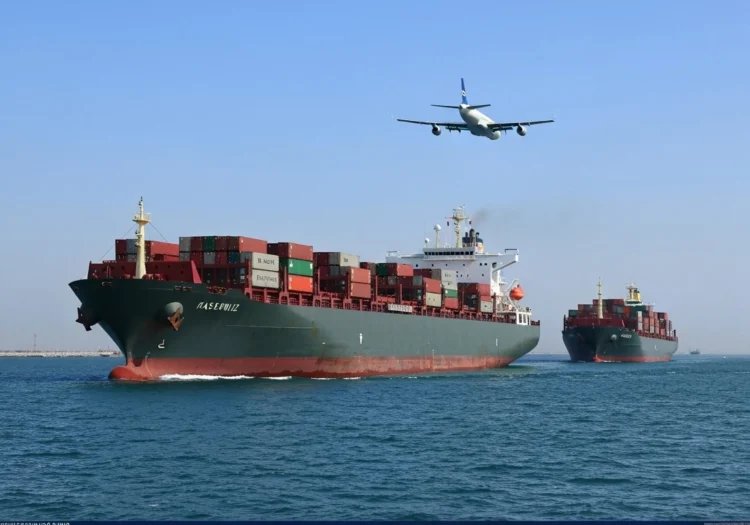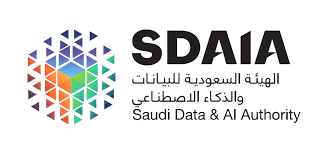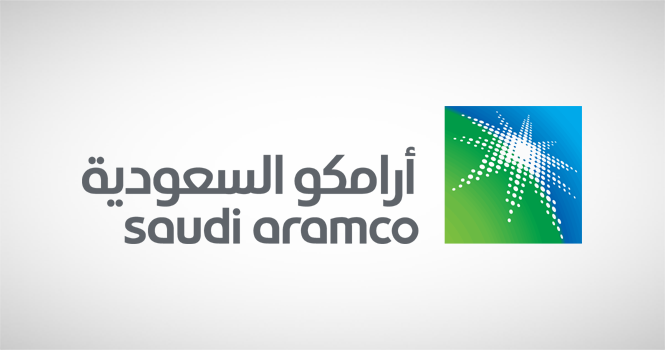Publisher: Maaal International Media Company
License: 465734
S&P: Risks of the Iran-Israel Conflict Include Volatile Energy Prices, Declining Tourism, Consumer Confidence, and Investment
A report issued by Standard & Poor’s (S&P) stated that developments in the Iran-Israel conflict have increased risks that could lead to negative credit implications for sovereigns, banks, and companies in the region. Credit risk channels that could pressure regional credit include the closure of major transportation routes, volatility in energy prices, production disruptions, a decline in tourism, capital flight, increased security expenditures, and a decline in consumer confidence and investment.
Key developments that could reflect a significant escalation of the conflict include the possibility of US intervention, the possibility of Iranian attacks on energy facilities or US bases across the Middle East, and disruptions to key trade routes—especially the Strait of Hormuz, through which 20 to 30 percent of global energy supplies are transported.
According to the report, the conflict has already increased energy price volatility and supply disruptions due to higher shipping and insurance rates and security risks. A prolonged conflict or escalation of tensions could also have economic consequences—such as a decline in tourism, capital flight, increased security spending, and weakening consumer and investor confidence. For net oil importers, higher energy costs could exacerbate inflation and reduce central banks’ monetary space to cut interest rates. While the agency notes that most Gulf countries maintain substantial fiscal buffers that underlie credit ratings, the duration and severity of unrest remain critical variables. Although oil prices have risen by about 10% since the start of the conflict, we believe they will decline over the medium term as OPEC+ continues to accelerate production, while global demand growth slows. While higher oil prices could benefit oil-exporting countries, the overall impact on the region will depend on sustained global demand, the planned expansion of oil supplies, and the continued uninterrupted flow of trade routes.
اقرأ المزيد








